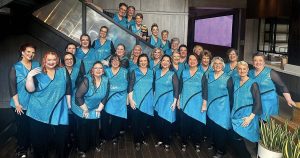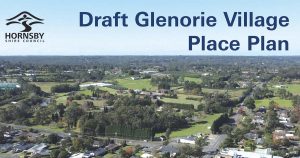Way back in colonial times, Cherrybrook was part of the Castle Hill Government farm, an area renowned for having soil of ‘best and most productive kind’.
It was there in 1838 that pioneers Joseph and Mary Ann Harrison settled on a 65 acre block of land inherited from Mary’s mother, Hannah Russell. The couple built a small timber cottage, raised thirteen children and set about planting orchards of peach, apricot, pear, plum and citrus fruit trees. Their fondness for cherry trees, which were established by the creek at one corner of their land, prompted the couple to name the area, ‘Cherrybrook’.
With the Harrison farm surrounded by bushland, timber-cutting became the rst industry in the area. Gradually the land was cleared and during the 1850’s, more and more orchards were established. By 1915 all ratepayers bar one, were listed as fruit growers. After World War I, they also began farming poultry in conjunction with their fruit trees. The settlers, most of whom were Wesleyans or Methodist, quickly attended to their social and spiritual needs. In 1845, they established a chapel and burial ground on New Line Road. The Harrisons were amongst the regular churchgoers and for thirty years, Joseph Harrison was the chapel’s Sunday school teacher. All was well. However, the nature of Cherrybrook’s idyllic rural landscape, was about to change.
In the Sydney Region Outline Plan of 1968, Cherrybrook was targeted for urban development. Within ten years of the 1978 land release, twenty four thousand houses had been built. Developer L.J. Hooker called the rst subdivision the Greenway Estate. He named its streets after architect Francis Greenway, other prominent colonial architects and pioneers. The streets in the ensuing land release, were given names of native and exotic flora.
Long gone is the Cherrybrook of 1838 but one landmark remains: the Uniting Church Hall and burial ground on New Line Road. Apart from regular maintenance to its painted brickwork, the Victorian Gothic style building’s original features, including stucco slate and stained glass, have endured. The social signi cance of this charming primrose yellow church is not forgotten. Moreover, it is inextricably woven into Cherrybrook’s history – yesterday, today and tomorrow.







